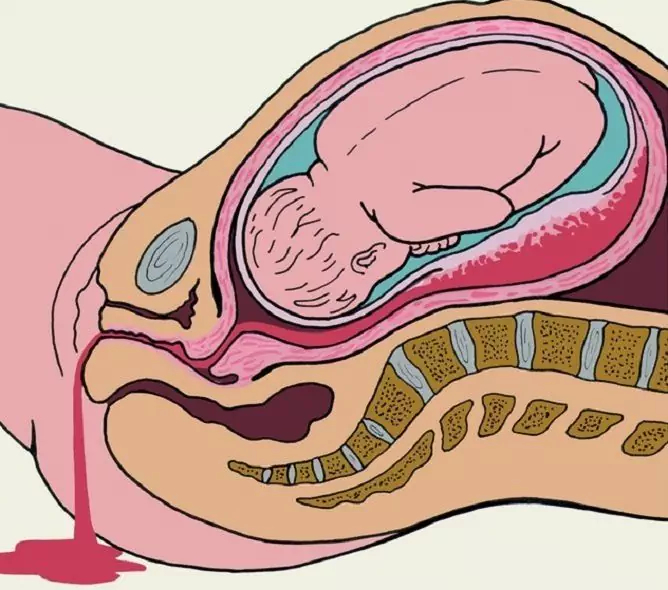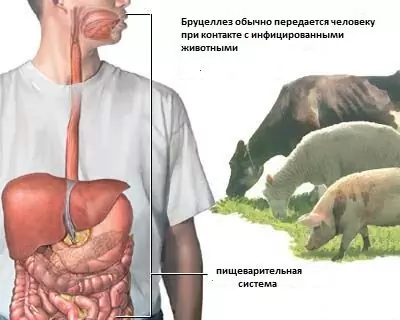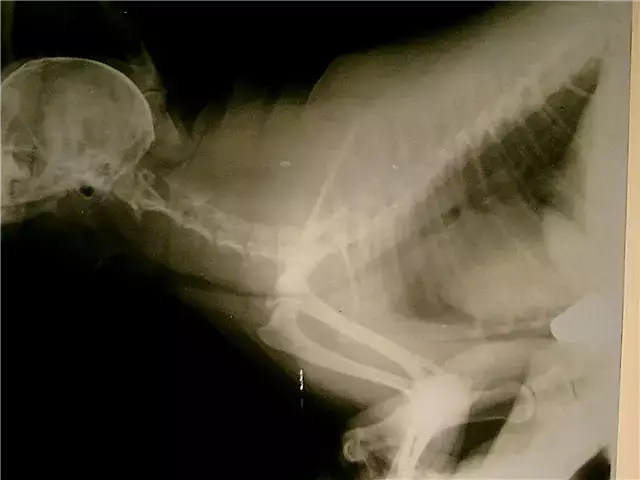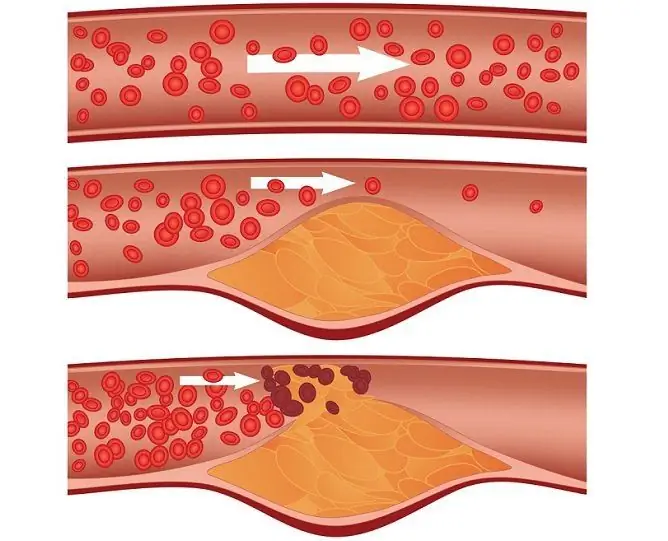- Author Rachel Wainwright [email protected].
- Public 2023-12-15 07:39.
- Last modified 2025-11-02 20:14.
Dysentery
Dysentery - a disease of dirty hands

Dysentery is an acute or chronic infection that proceeds with symptoms of general intoxication and mainly affects the large intestine of a person. The disease can be both acute and chronic. The causative agent of dysentery in adults and children is various types of E. coli that enter the body while eating contaminated food or through contact with a sick person. The spread of dysentery is facilitated by unsanitary conditions and non-observance of basic rules of personal hygiene. Because of this, dysentery received the apt name - "dirty hands disease."
Causative agent of dysentery
The infection is caused by various types of dysentery sticks. As a rule, the most active species are Sonne and Flexner, which settle in the folds of the colon. The causative agent of dysentery enters the external environment with the feces of a sick person. Bacteria tend to accumulate in various foods and water. The spread of the disease is facilitated by the low sanitary culture of the population, non-observance of the rules of personal hygiene, and late appeal to medical institutions. Often, dysentery is detected in children, especially in the first two years of life, which is associated with the curiosity of babies and the habit of "dragging into the mouth" any objects that fall under the arm.
Once in the human stomach, some of the bacteria die. The rest of the causative agents of dysentery penetrate into the intestines, where their waste products cause necrotic and inflammatory processes. When diagnosed with dysentery, the symptoms are associated with the poisoning of the body with poisonous toxins, which are absorbed by the walls of the colon and rectum, enter the bloodstream and cause general intoxication. Small children and the elderly, whose immune system is not strong enough to effectively resist poisonous substances, are most severely tolerated by such poisoning.
Dysentery - symptoms of the disease
The incubation period of dysentery is 2-3 days, but in some cases, the first signs of the disease may appear within a few hours after eating contaminated foods. The main symptoms of dysentery include:
- loose stools with inclusions of mucus and blood clots;
- tenesmus - false urge to empty;
- nausea, vomiting;
- headaches;
- loss of appetite;
- general weakness, rapid fatigability;
- dehydration of the body;
- increased body temperature.
Dysentery begins acutely. Initially, patients feel mild chills and decreased appetite, but then dull abdominal pains and signs of toxicosis, which can vary from mild (minor cramps) to severe conditions, accompanied by confusion and neurological disorders, are added to these manifestations. The frequency of bowel movements is also different - from 2-3 times a day to practically incessant diarrhea. As mentioned above, with frequent stools, dysentery in adults is often accompanied by dehydration.
In children, dysentery develops in a slightly different way. In newborns, the disease is often asymptomatic, but lasts much longer than in adults. If dehydration is accompanied by an improper diet and inadequate treatment for dysentery, then in the future the child may suffer from dystrophy. Children over one year of age usually develop enterocolitic dysentery. Symptoms of dysentery are typical for food intoxication, they are quite acute and are observed within 7-8 days. To confirm the presence of pathogenic bacteria in the intestines, bacteriological studies of the child's stool are used.
Dysentery - treatment of the disease

In the process of treating dysentery, adherence to a strict diet plays a huge role. Foods rich in plant fiber, which irritate the intestines, are excluded from the standard diet of patients. Food is given to infected people in a boiled and mashed form. Soups, dairy-free cereals, soufflés and meatballs are recommended, with the number of meals increasing while decreasing the single portion of meals. Since dysentery in adults and children makes serious adjustments to the activity of the gastrointestinal tract, the diet must be adhered to for several weeks after recovery.
Antimicrobials are used for moderate to severe dysentery. Please note that only a qualified doctor should prescribe certain medications, taking into account all indications and contraindications. For dysentery in children, ampicillin is usually prescribed, for severe cases, aminoglycosides and rifampicin. In addition, from the first hours of the disease, it is necessary to begin oral rehydration, which is designed to restore the water-salt balance. If dysentery is characterized by a long course, it is advisable to use drugs that increase immunity.
In the treatment of dysentery, the restoration of normal intestinal microflora is also of great importance. Usually, bacterial drugs - bificol and bifidumbacterin - are used to treat dysentery in adults and children. Astringents, antispasmodics and herbal decoctions in age dosages are used to normalize intestinal activity.
YouTube video related to the article:
The information is generalized and provided for informational purposes only. At the first sign of illness, see your doctor. Self-medication is hazardous to health!






